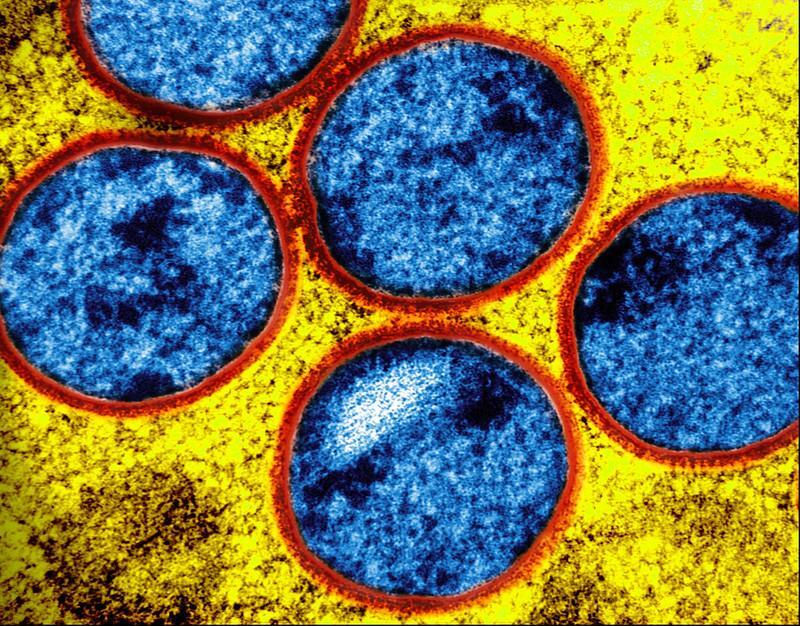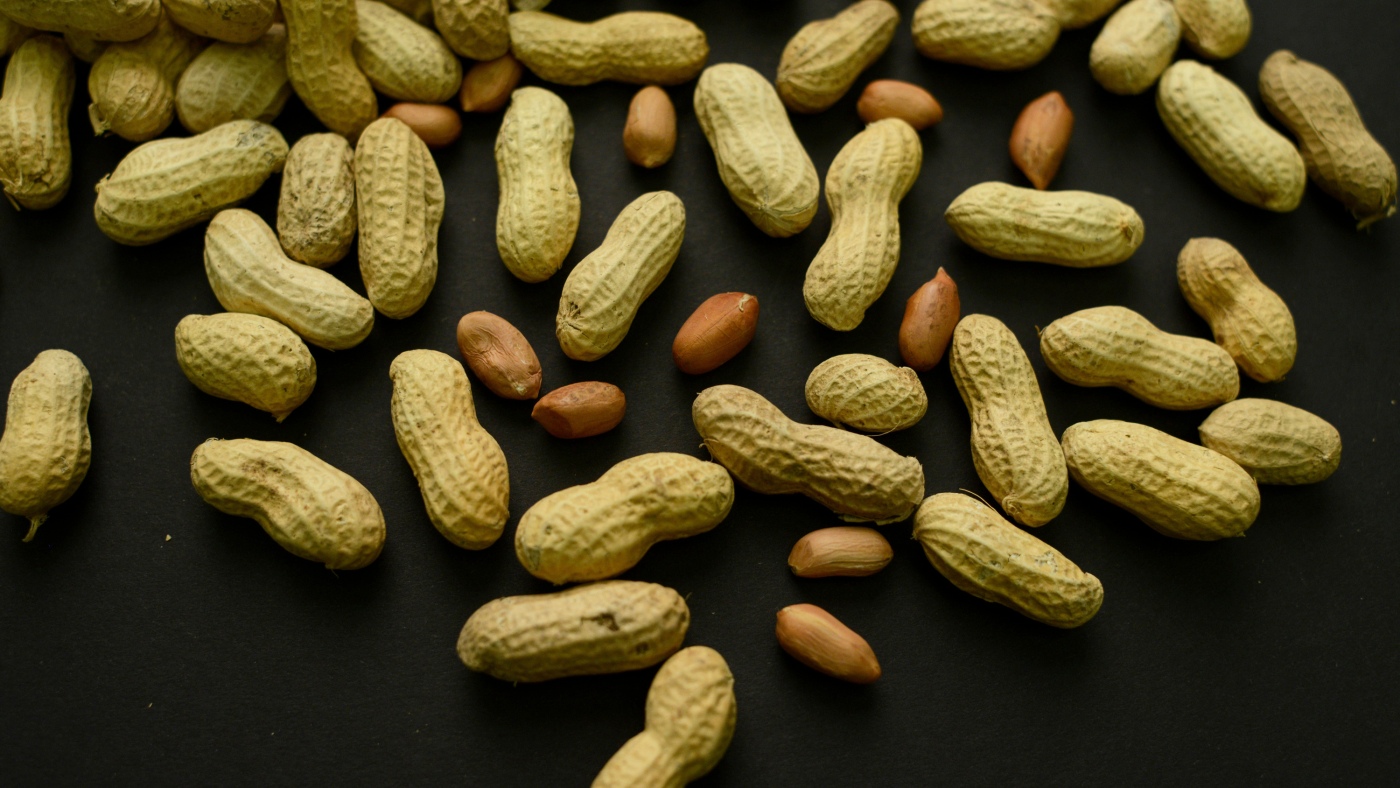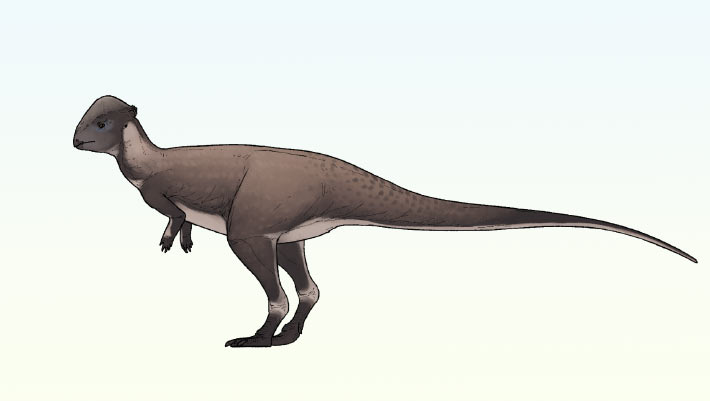Paleontologists have described a new genus and species of pachycephalosaurid dinosaur from five fossil specimens found in the Late Cretaceous Two Medicine Formation of Montana, the United States.
The new dinosaur species lived in North America during the Late Cretaceous epoch, some 75 million years ago.
Dubbed Brontotholus harmoni, the ancient herbivore was approximately 3 m (10 feet) long.
It belongs to Pachycephalosauridae, a family of bipedal, dome-headed dinosaurs within the ornithischian clade Pachycephalosauria.
“The dome-headed ornithischian clade Pachycephalosauria possesses a distinctive suite of morphological features,” said Dr. D. Cary Woodruff, a paleontologist at the Phillip and Patricia Frost Museum of Science and the Museum of the Rockies, and colleagues.
“They include a bipedal gait, heterodont dentition, ossified myosepta in the tail, together with their iconic thickened frontoparietal domes, and ornamented skulls.”
“The majority of pachycephalosaurid species is known exclusively from cranial remains, and as such the anatomy, functional morphology, and systematic importance of the frontoparietal domes have received the most attention among paleontologists.”
“The clade is exclusively known from the Late Cretaceous of Asia and western North America, with the latter hosting the more diverse assemblage of pachycephalosaurids.”
“The oldest species from North America is the Santonian-aged Acrotholus audeti, and the group apparently diversified in the Middle to Late Campanian, with an abundance of currently recognized species.”
Five specimens now assigned to Brontotholus harmoni were unearthed in the Two Medicine Formation in Glacier County, Montana.
“This new species is the first pachycephalosaurid from the Two Medicine Formation,” the paleontologists said.
Brontotholus harmoni’s massive dome indicates that it was the third largest North American pachycephalosaurid.
“Phylogenetic analyses recover this new species distant from both Stegoceras and Pachycephalosaurus,” the researchers said.
“Thus, refuting the hypothesis that this species constitutes any part of an ancestor-descent series between Stegoceras and Pachycephalosaurus.”
“However, the new species not only increases understanding of pachycephalosaurid morphology and diversity, but shows that this clade contained relatively large body-sized species as early as the Middle Campanian.”
The discovery of Brontotholus harmoni is reported in a paper published on October 9, 2025 in the Zoological Journal of the Linnean Society.
_____
D. Cary Woodruff et al. 2025. The first pachycephalosaurid from the Late Cretaceous Two Medicine Formation: effects of the Western Interior Seaway on North American pachycephalosaurid evolution. Zoological Journal of the Linnean Society 205 (2): zlaf087; doi: 10.1093/zoolinnean/zlaf087
First Appeared on
Source link













